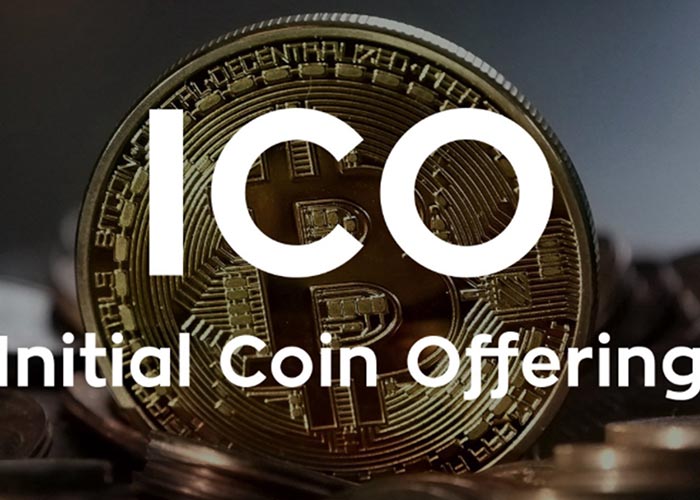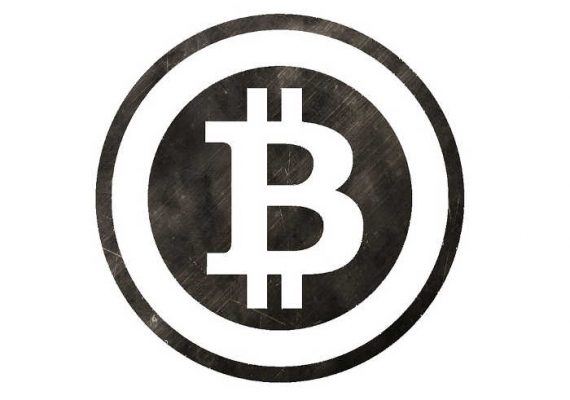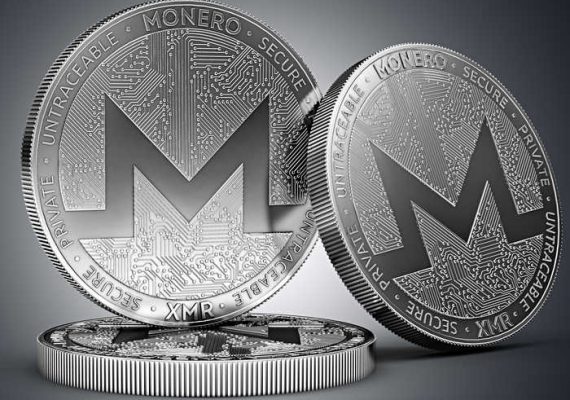The last quarter of 2017, particularly November, was quite a shaky period for initial coin offerings (ICOs). However, the hype has definitely been quelled despite the plethora of issues that have plagued various ICO stakeholders – mind you this is the same environment that has hounded Tezos with a number of legal hurdles and Bancor beset by a variety of technical glitches. All these have made the news at some point but a different highlight that outshines both of these is a press report that argued that ‘just 23 percent’ of all ICO deals ever made are just reaching their maximum goals now. Evidently, this is connected to the baffling number of ICOs that are on offer at the moment with all of them competing for investor attention in this era where holding onto a strong crytocurrency such as Bitcoin seems like a more appealing investment. Furthermore, it is still insanely difficult to sieve out the bad and remain with only the goods since, at the moment, the ICO media coverage is still in its infantry.
As such, the most affected victims of this are the ICOs who would rather operate cleanly instead of getting in on the hype. Confideal, for instance, is a recent ICO that despite having a projected target of 70,000 ETH only managed to raise 303 ETH which is equivalent to $160,000 – obviously a very disappointing start. Confideal CEO Pyotr Belousov was certainly not happy about the current situation which he blames on startups that rely on white papers and vague papers instead of having working products or even prototypes to demonstrate. The fact that ICOs with demonstrable products or prototypes are swallowed up and outshined by hype-based ICOs that depend entirely on promotions clearly demonstrates the need for other strategies.
Confideal is already in the process of implementing a new strategy with the relaunch of the ICO with a lower cap of 5,000 ETH. Also as part of the new strategy, the ICO targets crypto-whales as well as investment and hedge funds that are currently active. Apparently, this new strategy that ignores, to some extent, the collective power of individual investors and instead focuses on large funds is the best way to go for ICOs that cannot keep up with the hype.
However, it is not just the choice of investors that is being used to mold ICO trends – many of them are even trying to set themselves apart in the sea of available generic options. In this case, a great place to start is the websites. Many ICOs have since overhauled the regular ‘ICO template’ websites that have been quite monotonous, to say the least. The websites that have been spawned out of this new strategy are, as a result, quite visually unique and appealing.
Another bold move that seems to be paying off is the inclusion of big names such as Roger Ver in the ICOs outreach programs in a bid to attract people who are familiar with their ideals.
Once serious ICOs come to terms with the reduced expectations they have come to realize that at the moment it is more beneficial to actively pursue their audiences rather than wait for the audiences to arrive passively – to put things into perspective, investors are avoiding some celebrity-endorsed ICOs that are often misleading in favor of the ones with demonstrable abilities to deliver. This has gone further to mount a lot of pressure on ICOs to steer away from regressing into genericity.










